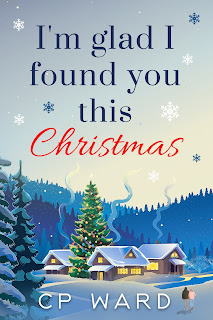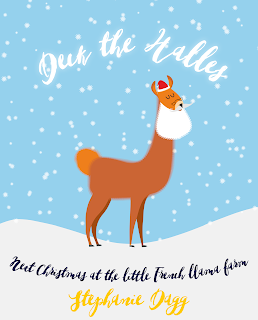Making Memories at the Cornish Cove by Kim Nash #Review
We are back with the Cornish Cove series with Kim Nash's Making Memories at the Cornish Cove . It was published by Boldwood Books on April 17th. You can read my review of Hopeful Hearts at the Cornish Cove here and Finding Family at the Cornish Cove here . It’s never too late… After five husbands and five broken hearts, Lydia feels like she’s always been chasing something. But now she’s found her purpose, and having moved to Driftwood Bay to spend more time with her daughter Meredith, she’s happier than ever. But there’s still life in these old bones yet! With her newfound sense of identity, she’s keen to re-explore the things that made her happy as a younger person. Lydia’s passion was dancing – she used to compete in her younger years, and there’s no place she’s more at home than on the dancefloor. So when widower and antiques restorer Martin tells her about a big dance competition, she’s ready and raring to bring more joy into her life. But while making mem











Comments
Post a Comment